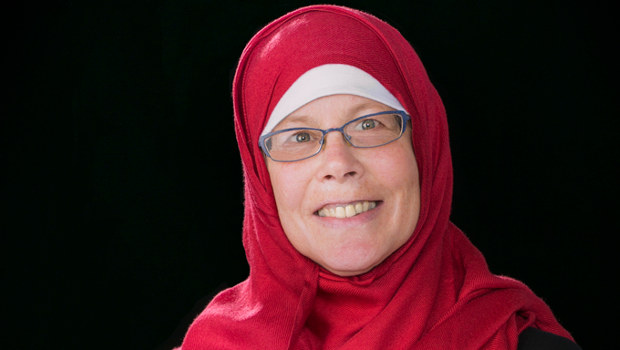Start volunteering in health care and one thing can lead to another

Do you have the curiosity, passion, and commitment to contribute to health services research? Here’s one way to go forward to have a national impact
By Janice Tufte, patient co-investigator on the LINCC project. Janice founded and continues to advance six community-based projects focusing on poverty awareness with small, simple solutions in Puget Sound counties.
I’ve volunteered for years with my local health care system, Group Health. I’ve been on councils and advisory groups and found these governance positions rewarding. The other volunteers and I learn while contributing. We share how we as patients want to be served and contribute towards best practices to run an efficient clinic. Because of this experience, a few years ago, I was asked if I would read and comment on a research proposal from Group Health Research Institute (GHRI), the independent research arm of Group Health. The scientists were not sure if it would be funded, but was I interested?
The proposal was for the Patient-Centered Outcomes Research Institute (PCORI), which at the time was brand new. PCORI was authorized in 2010 as a nonprofit, nongovernmental organization for health research. Every PCORI project must involve, at every step, people affected by the research such as patients, caregivers, and providers. I agreed to read the proposal.
From volunteer to co-investigator
Little did I know what would transpire — what amazing opportunities I’d have in the next years. The PCORI proposal I read was for the Learning to Integrate Neighborhoods with Clinical Care (LINCC) project. The project goal is connecting primary care patients with community resources such as local support groups and health wellness programs. I pointed out areas in the proposal that needed to be updated to better represent the diverse socioeconomic populations that would be involved in the research, including participating in actually designing the study. The researchers took my suggestions seriously and revised the proposal before submitting it.
The LINCC project was funded — one of the first PCORI proposals to receive support — and I was asked to make a greater commitment. Would I join the project for three or more years as a patient co-investigator? This job has meant intense learning and training coupled with many meetings with scientists, health care executives, and policy experts. I have a desk at GHRI, where I can research studies of interest to my current and future work, in particular, addressing the social determinants of health.
From local to national impact
Dr. Clarissa Hsu leads the LINCC project, and we were honored to present about our progress to the PCORI Board of Governors in Washington, D.C. in September 2013. Here is just some of what has happened since then.
- In 2014, I applied and was appointed as a PCORI ambassador. In this position, I tell people about PCORI and build relationships for patient-centered research.
- In 2015, I took a giant step in learning about health research by attending a New York Academy of Medicine conference on evidence-based clinical guidelines. I also attended my first PCORI national annual meeting of PCORI leaders, researchers, and other engaged patient advisors and co-investigators.
- In 2016, the final year of the LINCC project, my fellow LINCC patient co-investigator Michele Robbins and I were first authors on a peer-reviewed commentary about our experience. Dr. Hsu, Michele, and I also participated in a workshop for a University of Washington PCORI project to increase patient involvement in research.
- Also in 2016, I participated, in-person or virtually, in a number of projects as a PCORI ambassador. These include:
- attending conferences by the national nonprofit organization AcademyHealth on health data, policy impacts, and implementation;
- serving as a citizen juror for the American College of Physicians Guidelines Committee;
- providing feedback on reducing anxiety in health care for Boston University Medical Center’s health literacy conference;
- serving on a panel to develop health care quality measures for the Centers for Medicare & Medicaid Services (CMS); and
- working with health professionals and thought leaders at the American College of Cardiology to develop research questions and measurements for geriatric populations with multiple chronic conditions.
Next year, LINCC enters its final, dissemination phase and I hope in the future to stay engaged in research locally. My 2017 calendar includes going back to D.C. in February, April, and October to participate in meetings in the development of research on low-value healthcare, endorsements of CMS measurements, and more.
I would like to thank Group Health and GHRI for this opportunity to step up and participate in research. I have had many mentors at GHRI — more than I am able to name — and I want to thank everyone who supported me and the other patients as we worked alongside researchers and staff while learning about health research from the ground up. I have developed a more critical mind for understanding academic articles after reading so many for health research work.
I encourage any patient who uses curiosity as a driving force and is interested in science to inquire how you might become involved with health research. Oh yes, it is a lot of work. But if you enjoy this type of discipline, it is also fun.


